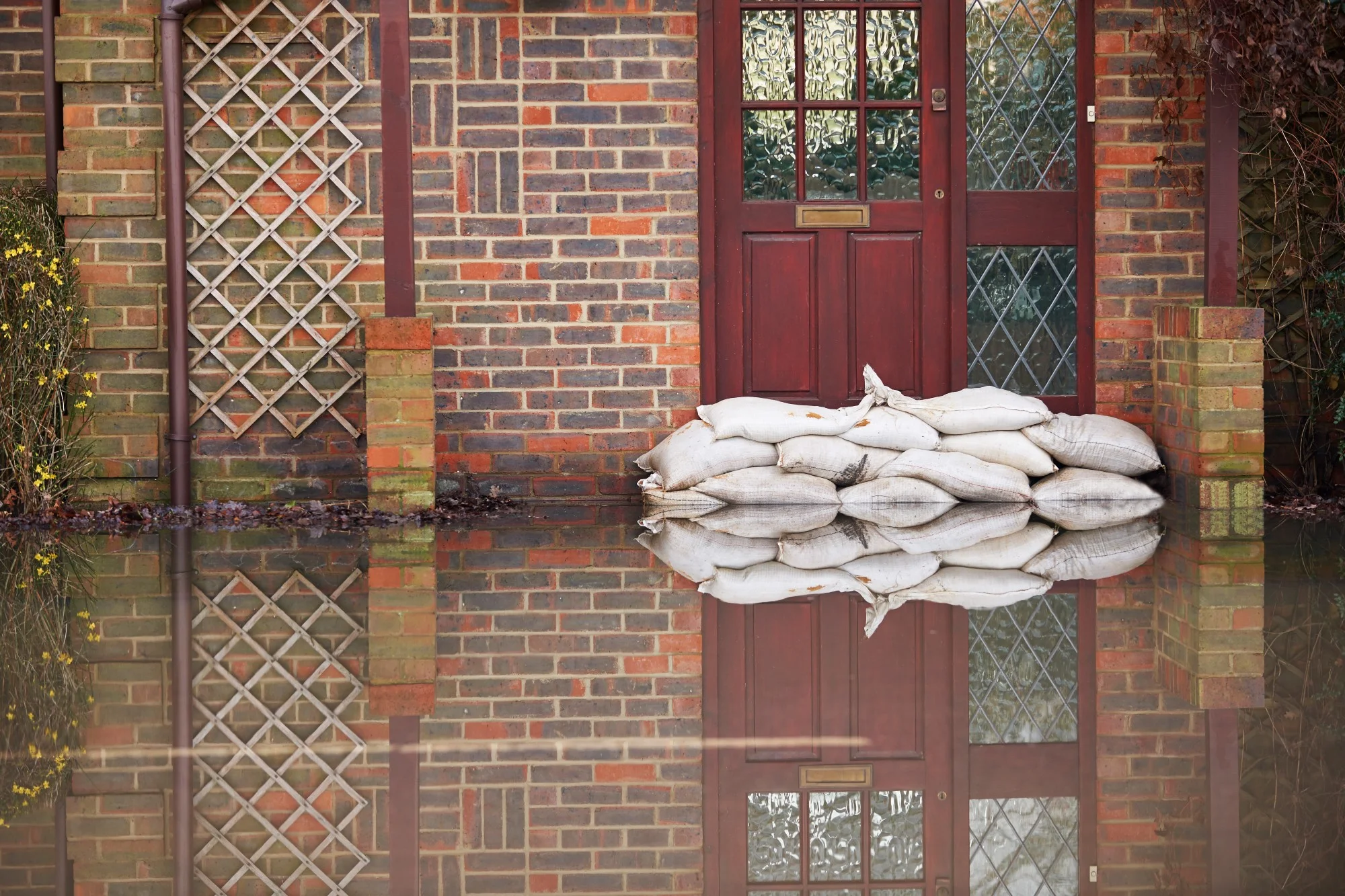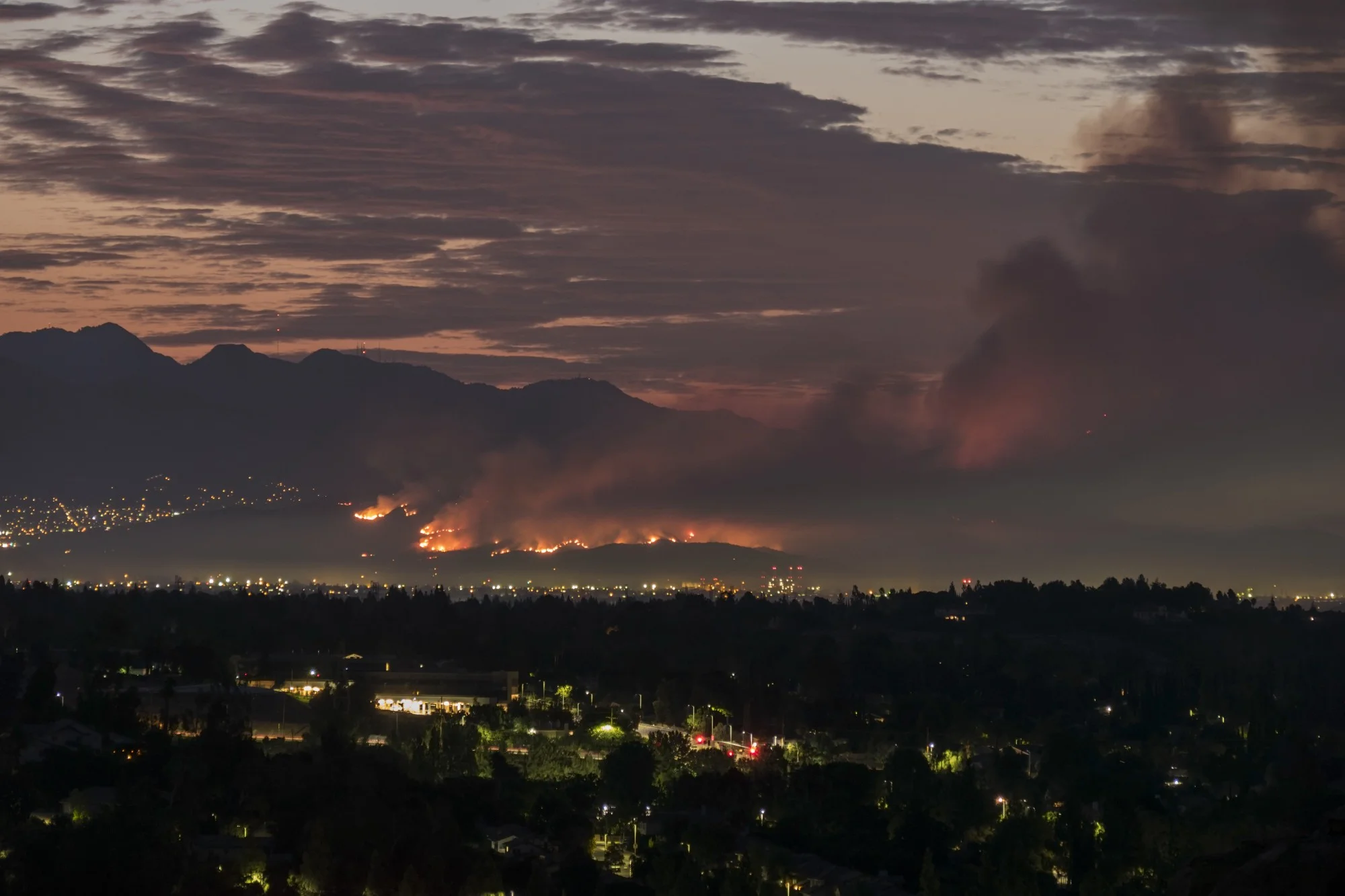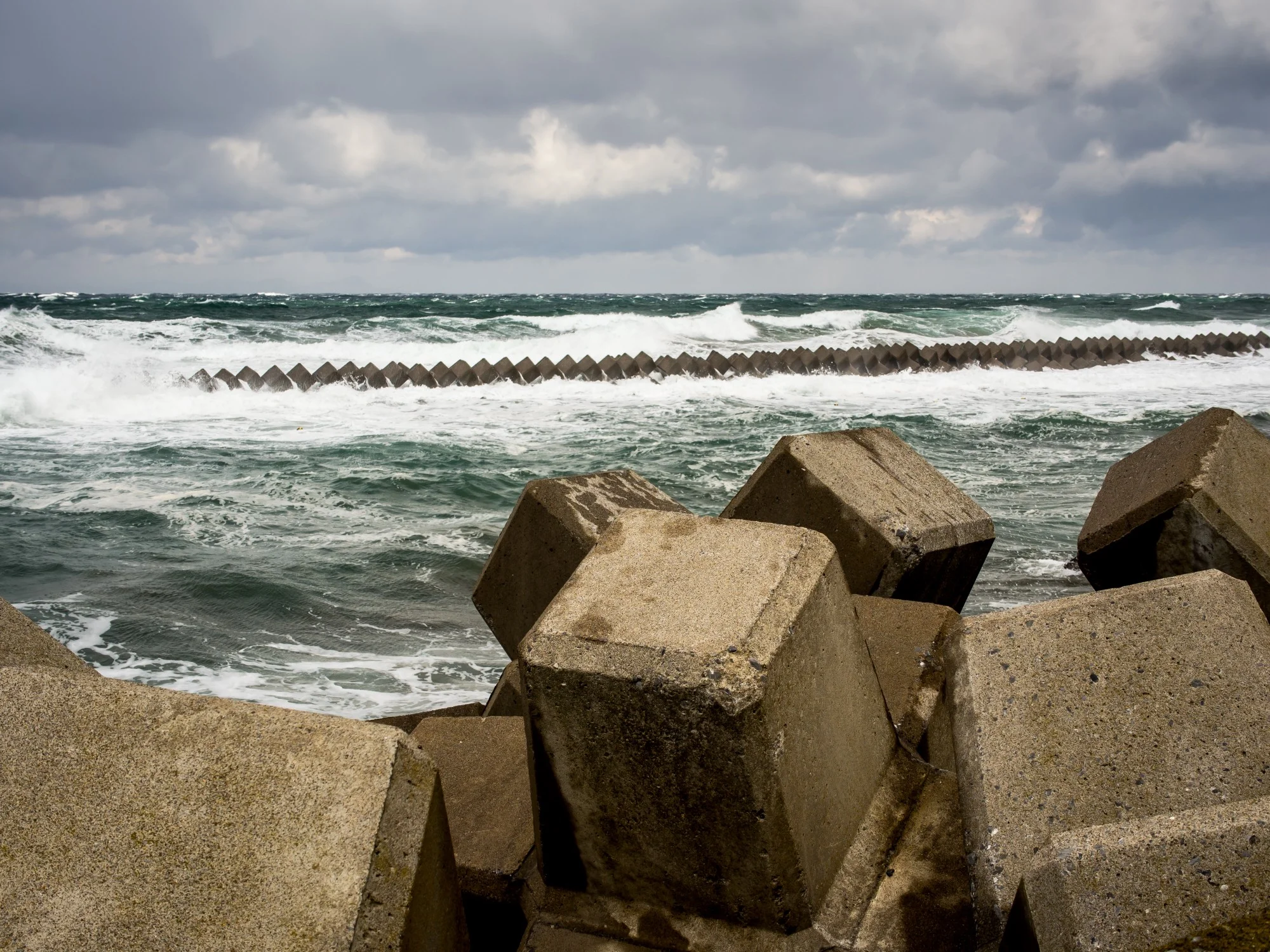You No Longer Have To Risk Lives To Save Lives.
Learn more about our flood technology — flood camera platform, flood map, flood apps, notifications, and more.
From NPR: “As Warming Climate Brings More Flash Floods, Austin Tries To Help Drivers”
Heard on All Things Considered
"Think of them like traffic cameras for floods."
- Mose Buchele, KUT Austin
Texas has more than 5,000 low water crossings and leads the nation in flood-related deaths. You can help save lives with our flood technology. We offer remote situational awareness in adverse conditions through a flood camera platform, flood maps, and a personalized alert system.
Our flood camera platform offers live views of low water crossings. The flood map provides real-time views of the flood camera platform. This imagery is shareable with the media and can be accessible to the public.
We also offer customized alerts on closures and gauge levels. Individuals can personalize their use of the software to be notified about specific hazards - i.e. selecting only the ones that might affect them.
"The city hopes to install dozens of these cameras this year, eventually adding more and more crossings to the online map."
- Mose Buchele
"Revamped Flood Warning Website Should Give Central Texans A Closer Look At Risks"
By: Mose Buchele
"In 2015, a Beholder Technology camera captured flash flooding in Onion Creek. The water rose 20 feet in two hours until a powerful current swept the camera away. Sean Richardson of Beholder Technology says more cameras is one of many improvements coming to ATXFloods.com."
"Seventy-five percent of flash flood deaths occur in vehicles,” said Scott Prinsen, supervisor for the city’s Flood Early Warning System. “That, combined with the fact that we're in flash flood alley – this site really is a valuable tool. In fact, life-saving tool."












